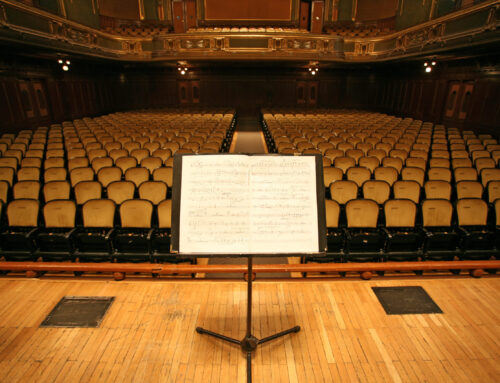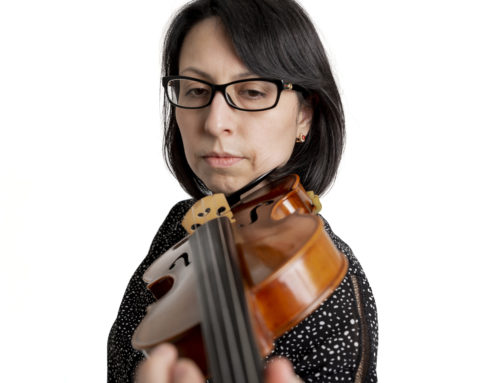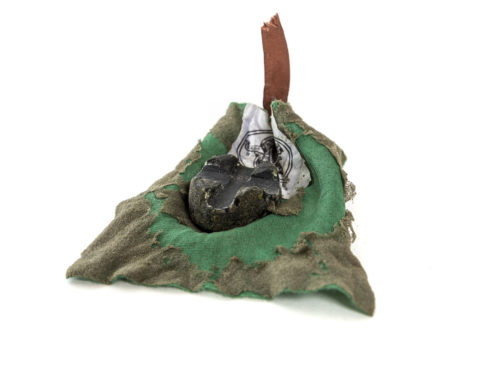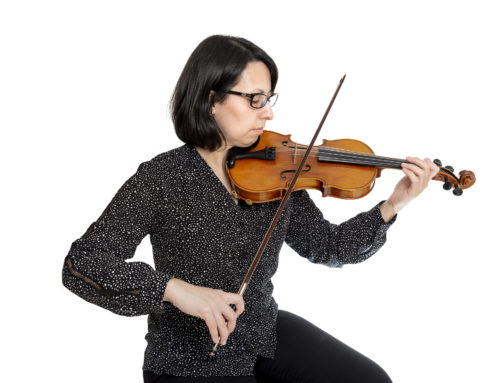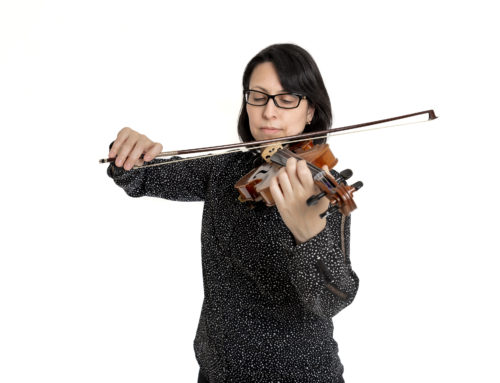Mastering Sight Reading for Violin and Viola Students: A Guide to Musical Fluency
Sight reading is an essential skill for every violin and viola student. It’s the ability to play a piece of music accurately and expressively at first sight, without prior practice. While it might seem daunting at first, sight reading opens up a world of musical opportunities and is a cornerstone of becoming a well-rounded musician. In this article, we’ll explore the importance of sight reading and share practical tips to help you develop this valuable skill.
Tips for Effective Sight Reading
1. Develop a Strong Foundation
- Learn Scales and Arpeggios: Familiarity with common key signatures and finger patterns reduces the mental load when sight reading.
- Understand Rhythmic Patterns: Practice clapping and counting rhythms separately from playing your instrument.
2. Practice Regularly
- Dedicate a few minutes of each practice session to sight reading new material.
- Use music at a slightly easier level than your current skill to build confidence and fluency.
3. Scan Before You Play
- Check the Key Signature: Identify sharps, flats, or naturals to avoid surprises.
- Note the Time Signature: Be aware of how many beats are in each measure.
- Look for Challenges: Spot tricky rhythms, shifts, or bowing patterns in advance.
4. Keep a Steady Tempo
Play at a slower, consistent tempo to ensure accuracy. Avoid stopping to fix mistakes; focus on maintaining forward momentum.
5. Use a Metronome
A metronome helps develop rhythmic precision and prevents rushing or dragging.
6. Play with Others
Join an ensemble or duet with a friend. Group playing encourages you to keep up with others and adapt to different styles.
7. Record Your Progress
Record yourself sight reading to identify areas for improvement. Listening back can reveal tendencies like hesitations or rhythm inconsistencies.
Overcoming Common Challenges
Fear of Mistakes
Mistakes are a natural part of learning. Focus on the overall flow and expression rather than perfection. With practice, accuracy will improve.
Difficulty with Shifts
Review the positions and practice transitioning smoothly. Simplify passages to focus on the mechanics before adding complexity.
Struggling with Rhythm
Break down complex rhythms into smaller segments. Use tools like rhythm exercises or apps to strengthen your sense of timing.
Final Thoughts
Sight reading is a skill that evolves over time. By incorporating it into your daily practice and embracing a growth mindset, you’ll unlock a deeper connection to music and expand your capabilities as a violin or viola player. Remember, every note you read and play brings you closer to fluency. Happy sight reading!


